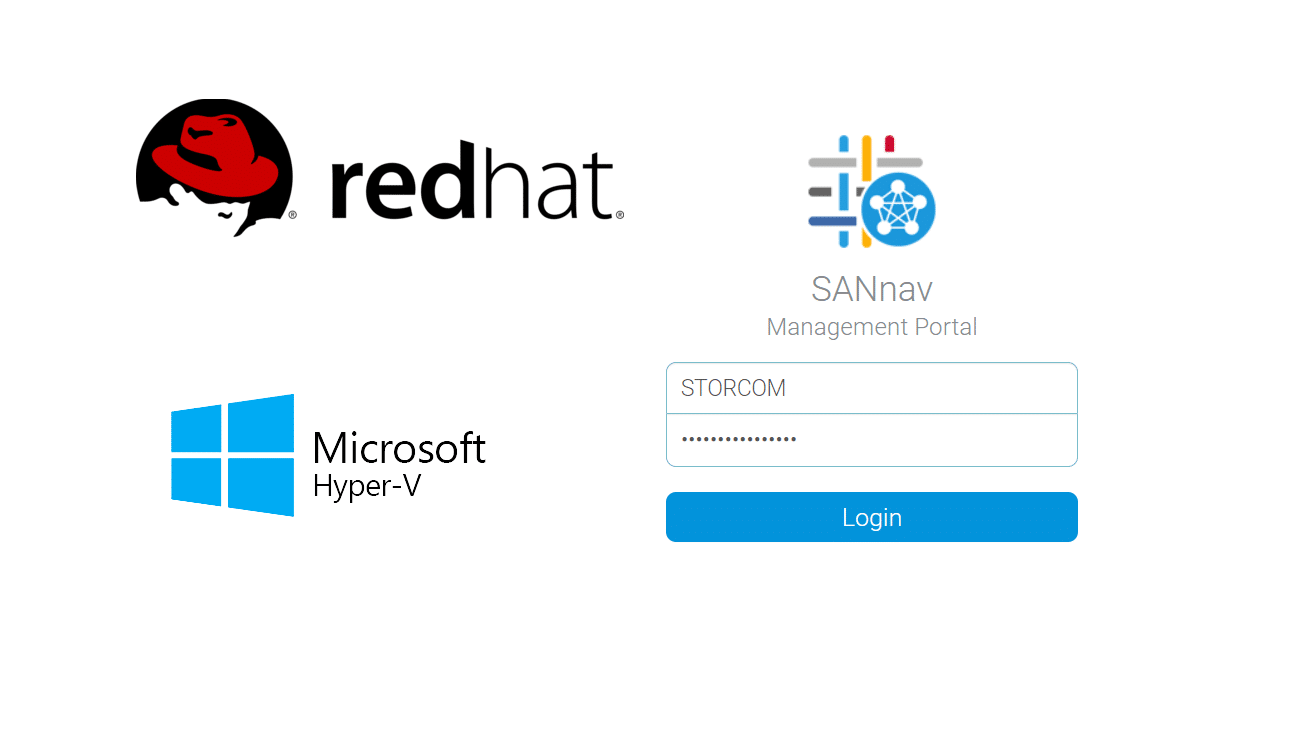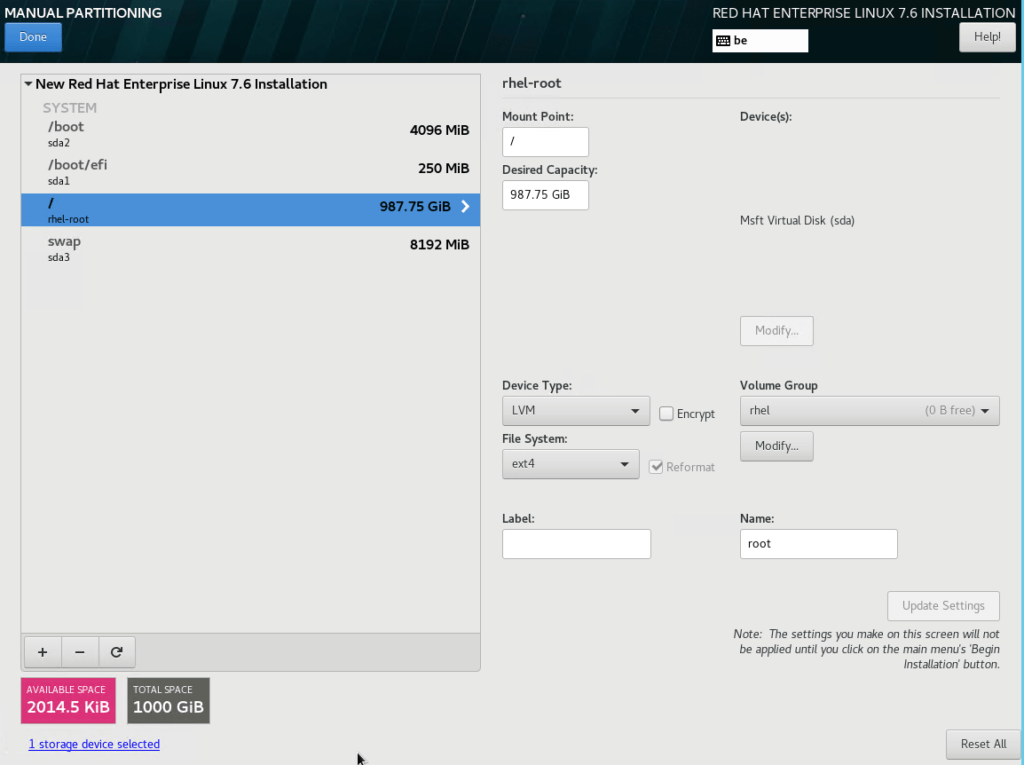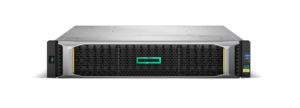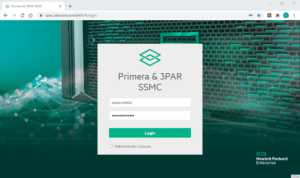This article will mainly focus on the preparatory steps and the requirements needed for installation of SANnav Management Portal 2.0.0. We will implement pre-requisites on the virtual machine, create the host, install the OS and configure some important services. As of December 2019, Broadcom supports SANnav on RHEL or CentOS only as bare metal installation or as virtual machine running on ESXi, however it should also be running on Hyper-V.
My configuration consists of a Microsoft Hyper-V environment using Failover Clustering on Windows 2012 R2 for HA purposes.
My guest host will use Red Hat Enterprise Linux version 7.6. Before starting, make sure to do the bookkeeping: reserve an IP address, write down the network mask and gateway. Also create the host name record in DNS.
Consider to read the SANnav Management Portal Guide for a better understanding of the requirements.
RHEL Virtual Machine in Hyper-V
Creating Virtual Machine
- Open Hyper-V Manager, right click on the physical host, select New, Virtual Machine…
- Specify name and location where you VM will reside
- Keep the defaults on generation of the virtual machine, I chose Generation 1 but you can choose Generation 2 according to your needs
- Assign at least 48 GB or RAM memory – this is the minimum RAM you need to select
- Configure a network card for your VM
- Create a new virtual hard disk and assign minimum 700GB of size
- On the Installation Options, keep the defaults – Install an operating system later
- Review the summar and click Finish to complete the wizard
You can accomplish the same on a quick way using Powershell. This time we’ll just skip Powershell classes and continue with the core.
At this point our VM container is created, but we still need to make some finetuning in order to be ‘compliant’ with SANnav. One of the requirements is that the VM has at least 2 sockets. In VMWare, we select the sockets during the creation of the VM. Microsoft doesn’t offer this option by default.
- Open Hyper-V Manager or Failover Cluster Manager if you have clustered your VM role, right click and select Settings
- Under Processors, select at least 16 processors
- Expand Processors and click on NUMA
- We will divide the Maximum number of processors by 2 (sockets). If you are planning to use 16 processors, type 8 and the VM will get 2 sockets.
This is an important step, otherwise the setup of SANnav will not succeed. - At this point we will attach the .ISO file of the RHEL package. Under SCSI Controller, click on DVD Drive and attach the .ISO file.
- Under Firmware, make sure to move DVD Drive up as the first boot device.
Installing RHEL
After we have configured the basic settings of our VM container, we will power on the VM and proceed with the installation of RHEL.
- Use the arrows to move up to Install Red Hat Enterprise Linux 7.6 and hit Enter to continue
- Select your preferred language.
- Under Localization, click on Date and Time and enter the locales.
- Optional: Enable Network Time and add your own time servers. Hit Done to close.
- Under Software, keep the defaults for Installation Source as it will automatically detect the attached .ISO file.
- Use Software Selection to select the preferres installation features. I will perform a Minimal Install with the following add-ons:
– Debugging Tools
– Security Tools
– System Administration Tools - Under System, click on Destination and select I will configure partitioning.
- Create disk partitioning according to your needs. However make sure to follow the mimimum requirements of Broadcom for SANNav. For a single node installation of 3000 ports the minimum disk size is 600. Hit Done to continue.
Partitions used in Red Hat for SANnav implementation For /boot /boot/efi and swap file, I’ve created separate partitions.
For the / root I’m using LVM for sizing flexibility. - Keep the default setting for KDUMP (enabled)
- Click on Network & Host name and turn on the Ethernet (eth0) card
- At the bottom enter the hostname and click Apply
- On the same screen click on Configure and enter the network settings. Disable IPv6 if not used
- Keep the defaults for Security Policy
- Hit Begin Installation to start the installer
- While installtion you’ll be prompted to create a root password and create a user
- Congrats! At this point you have a semi-compliant RHEL VM for SANnav Management Portal
Any suggestion or question? Leave a reply below, or feel free to contact us.
Make sure to subscribe to our mailinglist to get the latest. No spam. Promise!






4 Responses
I have a question. If you please reply. the minimum server disk size you said is 600-700GB. but what would be idead size for lets say about 12 switches, sopread over differet location but will be added to same sannav installtion ?
thank you 🙂
Hi,
600 GB is the minimum size as advised by Brocade for a Base/Enterprise license for the management of 3000 ports.
Brocade SANnav Management Portal Installation and Migration Guide -> Page 14
Let’s say your switches have 96 ports each, 12 x 96 = 1152 ports, you’re still be good.
However when provisioning the disk space, I’d take into account any additional growth in the future, and any unforeseen growth within the OS.
Cheers,
Dardan